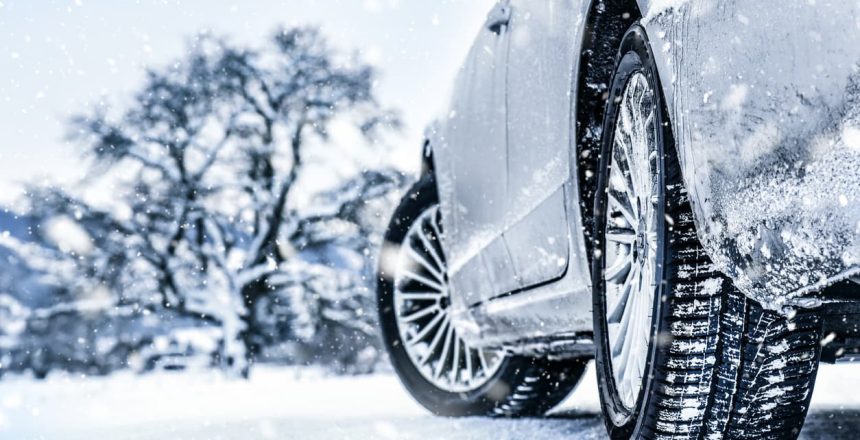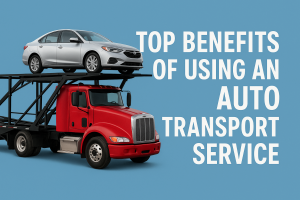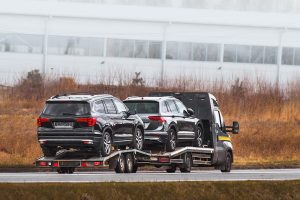White weather car problems are hitting motorists harder than ever before. Get proactive to beat the most common car complaints.
Key Takeaways:
- The odds of cold weather fronts are increasing across the U.S.
- Low temperatures can significantly alter tire pressure and increase accident risk
- On-road visibility can be improved with smart wiper habits
- Keeping cars and components warm overnight can make a difference
Cold weather is simply a problem of degrees no matter where you are in the country. Drivers from Culver City to Cape Coral will hit a cold spell sooner or later, and even a brief snap poses problems for their cars. Rapid Arctic warming may already have begun worsening winter weather into the “extreme” category, upping the odds of freezing in many parts of America with the eastern states at pronounced risk.
This harsh weather also increases the chances of an at-home or out-of-state accident as well as heavily taxing the vehicle itself. This guide will highlight the five biggest auto issues posed by low temperatures, how drivers can better prepare their cars for the cold, and how they can protect themselves in the process.
1. Tire trouble
On-road traction, braking, and maneuverability all depend on firm tires. Firm tires rely on more than just the right amount of air pressure. They’re also vulnerable to outside temperatures and will start losing pressure as the outside air gets colder. Tires can lose between one and two pounds of pressure per square inch from a drop of 10 degrees.
The bright side is that checking a cold tire will give you a more accurate pressure reading. It’s best to repeat this step every morning during cold weather once your tires are back to the manufacturer’s recommended PSI. This can typically be found in the Owner’s Manual or on a sticker inside the driver’s door. You could also fit your car with winter tires as another effective way to increase traction.
2. Impaired visibility
Cold weather can make seeing the road ahead hard enough due to snow, sleet, or ice fog distorting chromatic perspectives or reducing visibility to mere inches. This struggle only worsens if your windshield and its wipers freeze up. Standard wipers that are able to move will have to work overtime, which puts greater wear and tear on them and may lead to potentially risky wiper failure later.
Two steps will help give your wipers some proactive assistance. The first is deicing your windshield before hitting the road and removing other dirt and debris you find (taking care not to leave moisture behind that may freeze). The second is investing in winter wipers that are tailor-made for the demands of cold weather.
3. Oil thickening
Cold oil gets thicker and flows far more slowly than usual. This forces the oil pump to push harder to distribute it, which generates greater friction on the transmission and wider engine. This added pressure can burst canisters, and break sealant rings. It can also significantly extend the time required for an engine to reach its optimum temperature for fuel-efficiency. Engines also take longer to warm up in low temperatures, further decreasing fuel efficiency.
Changing your oil type in colder temperatures can be a big help in reducing engine pressure and friction. Look for synthetic motor oils or any oil with a “W” and two different numbers in their title. This letter means they’re designed for winter conditions with the first number in the title being the oil’s thickness (the lower the better). The second number is the highest temperature the oil will remain effective at lubricating the engine.
4. Struggling or dead batteries
Working batteries require an efficient electrochemical reaction. This is a reaction that cold weather can slow down drastically, which leads to lower current production. The battery must work much harder to generate enough power to meet cold weather conditions, which burns it out faster.
The NRMA reminds drivers that a fully charged battery can tackle temperatures of minus 50 C while a rundown battery can freeze at only minus 1 C. They also recommend keeping battery fluid levels 5 millimeters above the plate. Other good battery health habits are turning off all vehicle lights when the car isn’t in use, pulling out chargers, and giving your battery enough time to recharge with the engine running.
One other important point is that battery efficiency is a prime concern for drivers of electric vehicles, who may find themselves stranded if they overestimate the amount of range their struggling battery can provide at lower temperatures. Drivers of all vehicle types shouldn’t use a battery older than three years old as a general rule.
5. Corrosion issues
Cold weather corrodes cars and car components. From spark plugs fizzling out at low temperatures to a vehicle’s undercarriage being doused with the spray from salty roads, there are a number of corrosive risks out there. Sometimes sand or liquid calcium chloride are laid out to improve traction on icy roads — what they don’t do is improve the condition of passing cars.
Sleet, ice, and freezing rain can also coat a car with resting liquid and speed up the rusting process. Three good ways to beat corrosion are to check the spark plugs and batteries regularly, keep tires free from dug-in pieces of debris, and give your car a good coat of wax designed to fight corrosive conditions.
The best overall way to get the jump on auto chills
Keeping your car warm when not in use – and particularly overnight – is a good way to protect it. Park the car in a garage, preferably one that’s insulated from the cold. It may sound crazy but giving your engine a blanket at night is another effective cold-fighting step! You can also buy a larger one for the whole car.
Oil pan heaters and engine block heaters can be worthwhile investments if your car doesn’t already have them. Ask a mechanic about installing a dipstick heater, as this will directly work to keep the oil warm and prevent thickening. A good mechanic could also install an inline heater to circulate coolant around your engine.
Speak to the auto transportation professionals with any cold-weather questions
Our team is here if you’re thinking of making a trip of over 50 miles in cold weather when it may be wiser to ship the vehicle over that distance. Mercury Auto Transport is a full-service auto shipping company specializing in connecting customers with trustworthy and reputable carriers nationwide, so you can be sure of a safer winter transportation process. Call us toll-free at 800-553-1828 or email info@mercuryautotransport.com for more information.






